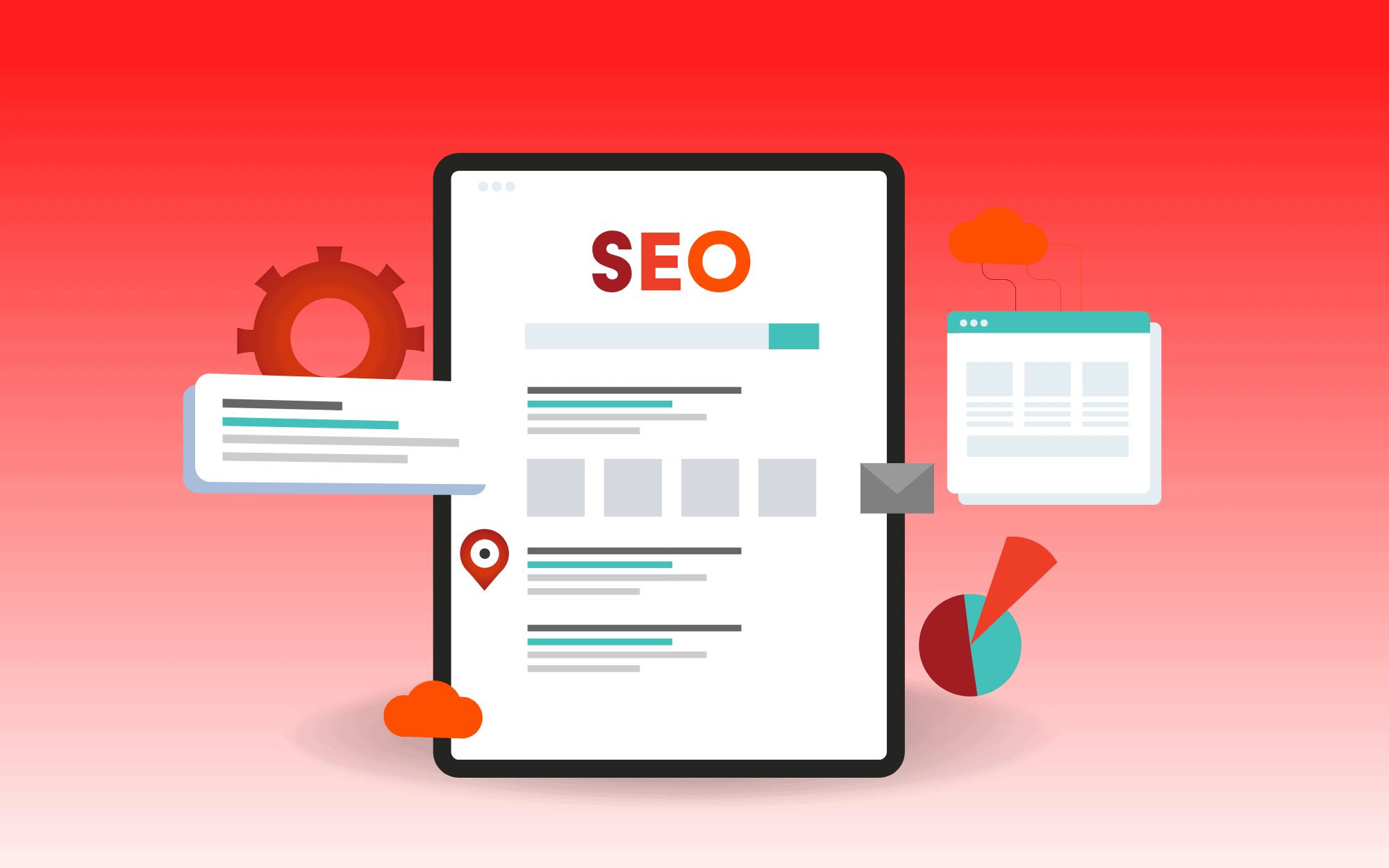

Since its inception, Google has striven to bring users as much helpful information as possible. This commitment has led to one of the most complex algorithms of any search engine. Since 2017, Google has rolled out more than forty major updates and the company makes thousands of minor ones each year.
When people initially figured out how to game the system to get their web pages to rank, search results dropped in quality and people struggled to find what they were looking for. Since then, Google has ensured this would never happen again. However, this means that webmasters must periodically check for changes, such as the August 2022 Google Helpful Content Update, and adjust their digital marketing and SEO strategies.
What Is Google’s Helpful Content Update?
On August 25, 2022, Google implemented the Helpful Content Update to serve users content written for people, not search engines. It prioritizes content that solves a visitor’s problems over just ranking for keywords. While the details are a secret, Google explains that this update consists of an automated ranking signal that will be applied to websites on a continual basis.
What Does This Mean for Your Company’s Website?
The Helpful Content Update is sitewide, so a website classified as “having unhelpful content” can negatively impact all of your pages unless there are other signals that identify helpful and relevant answers to a specific query. In that case, those pages can still rank well.
Since this update is weighted, sites with plenty of helpful content will be given more weight in the SERPs. The opposite is also true—sites with plenty of unhelpful content will likely notice a more negative impact on search performance.
But they are not doomed forever. The signal will simply reevaluate at a later date, and if the content has changed, the “unhelpful” classifier will be removed.
How To Prepare for Google’s Helpful Content Update
To keep your digital marketing strategy on track and in accordance with the update, here are a few tips on aligning your content marketing strategy with Google’s people-first philosophy:
Don’t Scale Content for Volume
Avoid strategies that produce volume over value. Don’t use AI to generate content because it’s against Google’s guidelines and it’s not going to provide what readers really want. If you’re going to scale your content production, make sure each piece is deliberately created for your reading audience.
Furthermore, stop trying to get Google to index as many pages as possible, including low-value ones such as your internal search results. Companies have done this in the past, but since it doesn’t always provide relevant results to a search query, Google will likely be cracking down on this.
To create a high volume of content, don’t start with the idea of creating a high volume of content. Write out a list of all the possible topics that your visitors might want to learn about. From there, get each article idea written by a professional and publish them on a regular schedule.
It’s okay if you can’t come up with lots of ideas, not every business will have that many they can write. It’s better to have ten solid high-value informative articles than one hundred mediocre ones.
Stay True to Your Values
Keep your content representative of your brand and aligned with your core values.
Before any article gets published, make sure you pass it by someone to review it to ensure it aligns with your company values. If not, either request revisions from the original author, or fix it yourself.
For example, at Abstrakt, we aim to create content for clients that want to grow their business. Whether through signing on with our inbound lead generation solution or using our information and best practices themselves, they can tell we embody our values. And that shows within what we share on our company website.
Publish Informational Content
Create content that is designed to educate, inform, or entertain your visitors. Your focus shouldn’t be on your products and services, but topics related to them that visitors might want to know.
Once you have some ideas for related subjects, start writing and publishing. If you’re worried that you don’t know something inside and out, either hire an expert in that area, or do more research until you understand it fully.
Rewrite or Delete Content That Doesn’t Provide Value
If you have existing content outlines that have potential but aren’t “helpful,” revamp and republish them as high-value articles. Anything that is neither “helpful” nor “valuable” needs to be deleted. However, be sure to implement a 301-permanent redirect for any pages you delete from your site.
How to Write Better Content for Google’s Helpful Content Update
The days of writing for robots to serve content to humans are over. Try these strategies to write better content that Google sees as “helpful”:
Write for People First
If you want to be authentic, write for people. Technically, this is how you optimize content for search engines because they know when content has been written for human beings.
Google uses latent semantic indexing (LSI) to discern the context of a page based on keywords and phrases related to the main topic. High-quality content will naturally reference related topics a certain number of times, which Google uses to determine how those pages rank for certain queries. So keywords are important, but avoid writing to rank them unless they match the interest of your audience.
Ensure an Easy User Experience
Enable users to navigate your web pages easily using your main menu and links. Accessing content on each page should be as easy as possible with no barriers.
For instance, it’s okay to have an ad asking people to sign up for your email newsletter, but it should be a graphical overlay rather than a pop-up in a new window. It should also be easy to close so people don’t feel like they’re desperately looking for the “X” to make it disappear. Furthermore, ensure that once a visitor closes your pop-up, they don’t see it again on future visits.
Stay Focused on Quality
Write content only when you have something important or valuable to share with your audience. Although it’s good to publish on a regular basis, it won’t help your business to just feed the search engines. This will water down your rankings and risk an overall drop with Google’s Helpful Content Update.
Quality content written according to what your market wants and needs is inherently valuable. That’s what search engines want to put at the top of the SERPs.
Key Takeaways
Google’s Helpful Content Update was implemented to keep search results full of relevant, high-quality content written for people, rather than content written just to rank in the SERPs.
The key to getting your website classified as “helpful” is simple: create and publish content written by humans, not AI, and focus on quality over quantity. Write what your audience will find helpful or useful and don’t settle for anything less.
Quality content should always be the priority of your digital marketing strategy. You’ll not only gain higher rankings in the SERPs, but it will help you gain loyal customers who view you as an authority in your field.
At Abstrakt Marketing, our inbound marketing specialists can help your business prepare for the Google Helpful Content Update transition and generate high-quality content that ranks. When you’re ready to optimize your company’s website content to align with the update, contact the digital marketing specialists at Abstrakt!




